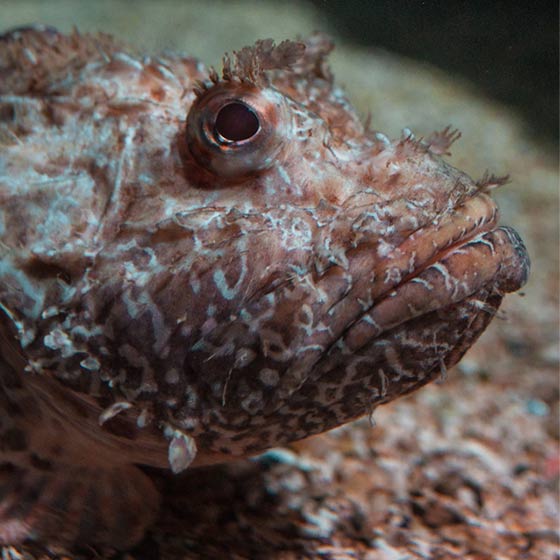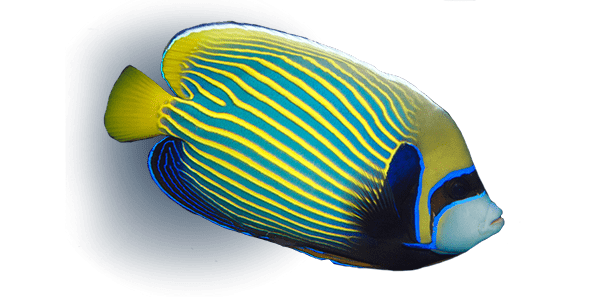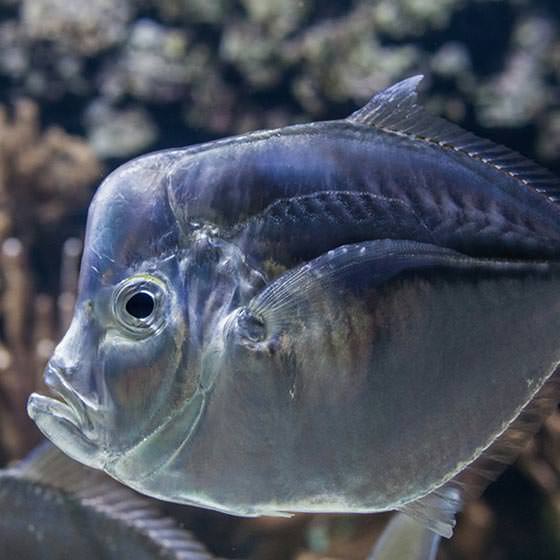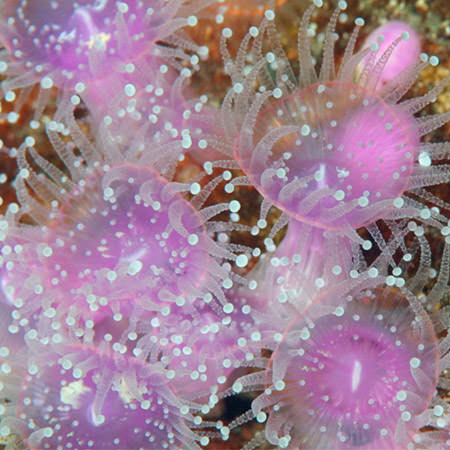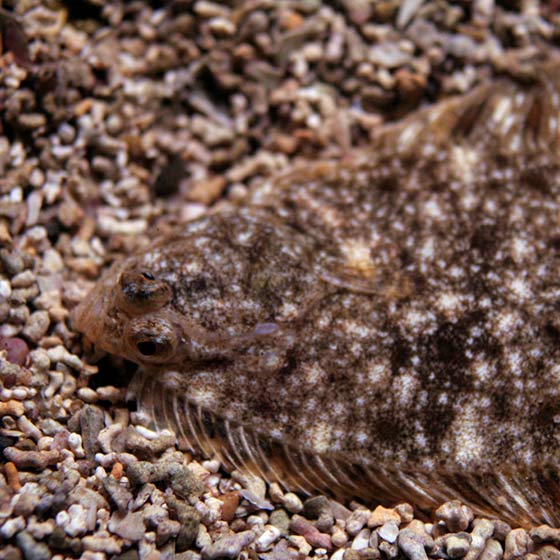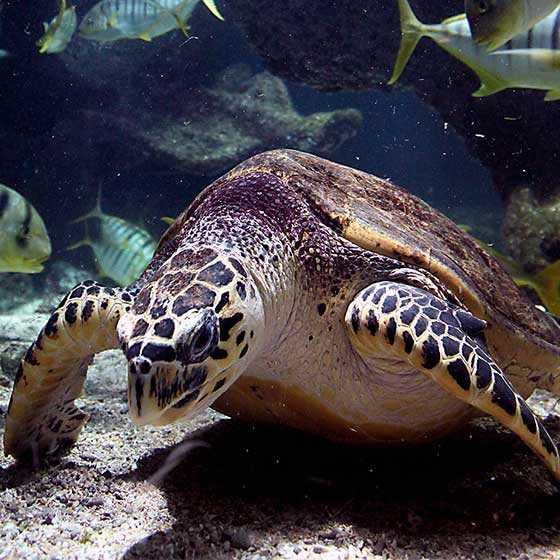What biological chemistry gives fish such varied and changing shades?
Young fish are transparent and their pigmentation appears progressively during their development. The all diversity of fish only holds into a small number of colored pigments: the melanin, the xanthine and the erythrina, respectively black, yellow and red. These pigments are in the specialized cells of the derma and epidermis. Being under nervous or hormonal control, these cells can dilate or contract themselves. By doing so, the pigments can spread or concentrate in a specific area and then change the color of the animal. All these beautiful colors are not only for the show!
Why are coral fish so colorful?
He colors of these fish can have two main but opposite purposes: to blend in or on the contrary to be seen. Colors are a way for animals from the same species, in an environment with a large diversity of animals, to recognize themselves for reproduction or when they need to rest. They are also a way to blend in the decor or to mark its territory. Some tropical fish have strips or spots of contrasted colors, making it difficult for predators to see the shape of the animal. Whether it’s because of its colors or patterns, the look of these animals only serve one purpose: to survive in a small area where many species live together.
